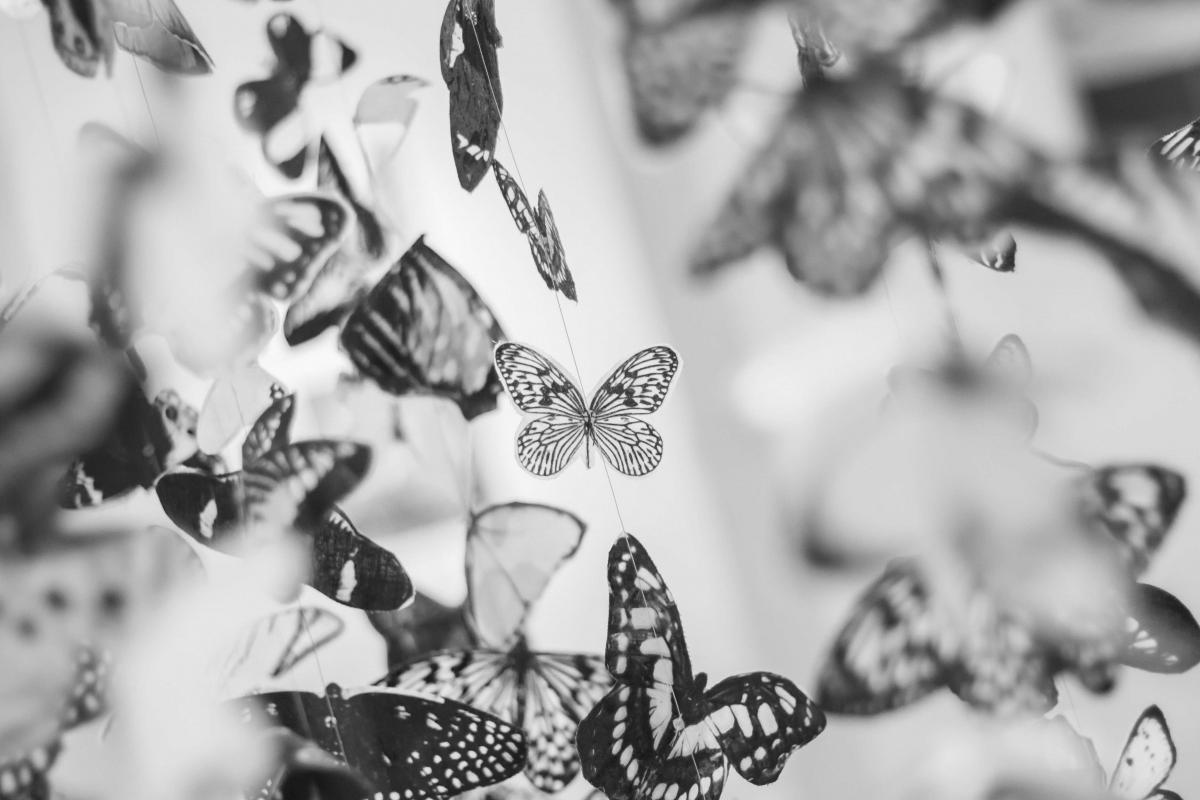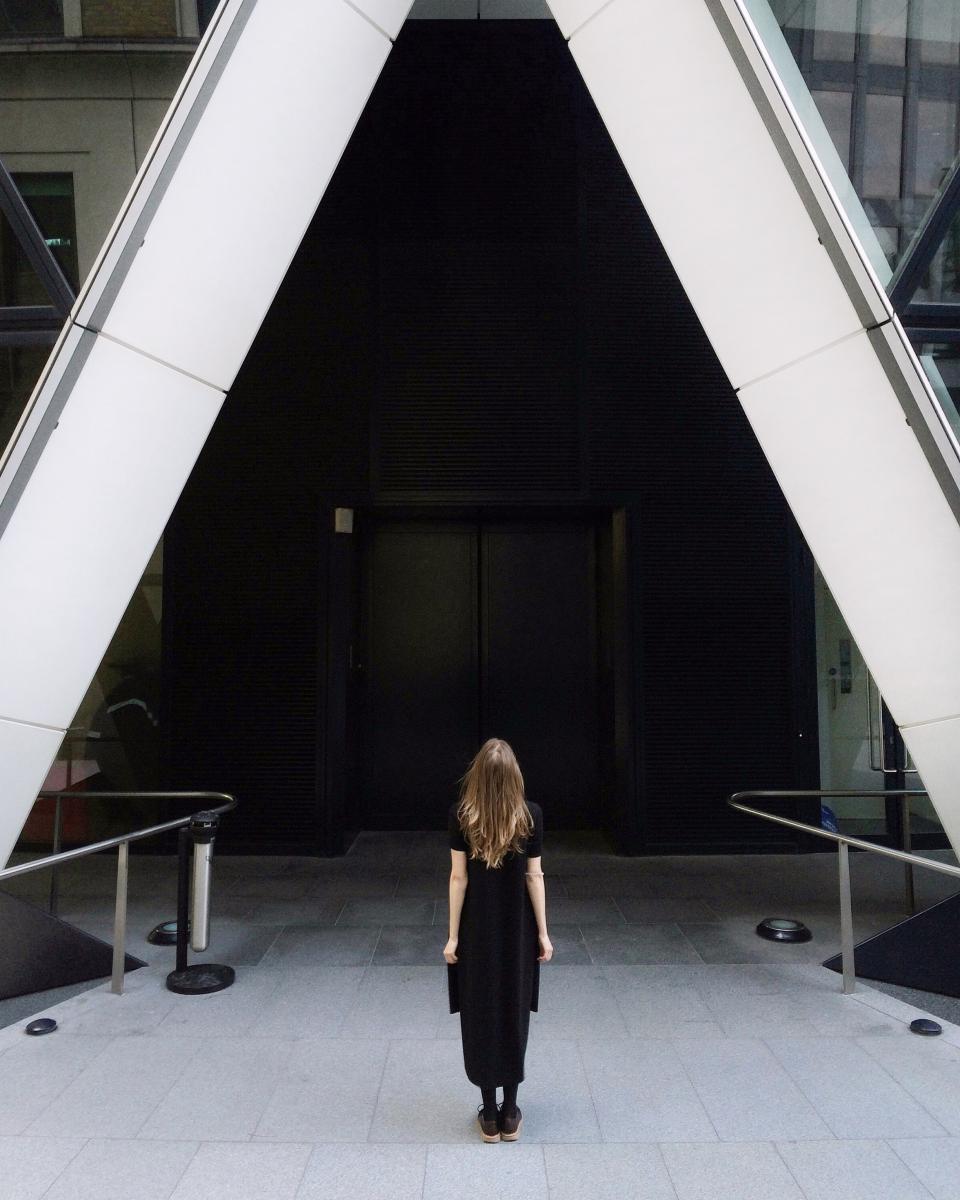By Chloe Doucette - 2019 Wanda Chin Scholarship Recipient
 I was uncomfortable at WMA’s annual meeting in Boise this past October. Don’t get me wrong, the seats were cushy, the food was yummy, the restrooms were nearby. I can be pretty socially awkward, but things didn’t get as weird for me as they could have. Even the financial pressure was off because, thanks to the great folks at WMA, I received a Wanda Chin Scholarship …but I still found myself squirming in my seat. It was the kind of feeling that comes from catching a glimpse of a challenging truth, the kind of squirming that results in real learning.
I was uncomfortable at WMA’s annual meeting in Boise this past October. Don’t get me wrong, the seats were cushy, the food was yummy, the restrooms were nearby. I can be pretty socially awkward, but things didn’t get as weird for me as they could have. Even the financial pressure was off because, thanks to the great folks at WMA, I received a Wanda Chin Scholarship …but I still found myself squirming in my seat. It was the kind of feeling that comes from catching a glimpse of a challenging truth, the kind of squirming that results in real learning.
Let me back up a little bit and give you some context.
I ended up with a career in museums through a degree in Secondary Education. I was inspired by my favorite high school teacher. He made it a priority to challenge his students, to get us feeling just uncomfortable enough to see the validity in many different viewpoints.
When I looked over the meeting program, I found myself drawn to the sessions that reminded me of that sensation. Sessions which very directly addressed this theme like the one titled “Museums are Places that are Quietly Subversive” to sessions on immigration, diversity, inclusion, and even motherhood.
To be honest, I wasn’t sure what to expect being that the annual meeting was taking place in Boise, Idaho. As an Idahoan myself, I know that, most of the time, this place is far more inclusive than someone from the outside would imagine it to be, but let’s just say I haven’t always been super proud of some of Idaho’s social and political policies. While the idea of pushing boundaries (particularly in the areas of diversity and inclusion) have been forefront in the minds of many museum professionals recently, Idaho doesn’t always get pegged as the best place to be working towards these goals. I was happy to find that presenters did not shy away from difficult topics and truly tackled these big ideas in the context of Idaho, not despite the context of Idaho.
As I look back over my notes from the sessions, my squirming basically boils down to me having to confront three big questions:
- What responsibility do I have to my museum versus myself? Luckily for me, I don’t usually find these things to be mutually exclusive, but it’s still something every museum professional should try to work through. This question plays into the discussion around “neutrality”, salary transparency, and creating a work/ life balance. We all know that museum work is passion work and that that means our own personal morals and ethics, as well as institutional ethics, can be on the line every day. I feel like, as an employee, it is easier to define and carry out the responsibilities that we have to our institutions than it is to put the same weight and effort into the responsibilities we have to ourselves. We owe it to ourselves to advocate for our own careers and our personal lives. I’m still far from figuring out how best to do that, but it’s something I’m beginning to explore more.
 Can and/or should I be doing more to encourage my museum to be welcoming to all? If there is one thing that really stood out to me from the conference, it was that there are so many creative ways that our colleagues across the western region are reaching out to different under-served groups. They’re coming up with brilliant ways to encourage immigrants, refugees, differently abled, minorities, the LGBTQ+ community, and low income families to become a part of their visitorship. The conference forced me to ask myself to explore whether I was really trying my hardest to reach out to these different communities or if I was just making enough effort to check the box.
Can and/or should I be doing more to encourage my museum to be welcoming to all? If there is one thing that really stood out to me from the conference, it was that there are so many creative ways that our colleagues across the western region are reaching out to different under-served groups. They’re coming up with brilliant ways to encourage immigrants, refugees, differently abled, minorities, the LGBTQ+ community, and low income families to become a part of their visitorship. The conference forced me to ask myself to explore whether I was really trying my hardest to reach out to these different communities or if I was just making enough effort to check the box.- Who am I leaving out? I know that adding this technically makes it four questions, but I think it deserves its own moment. Sometimes there are people and stories that you don’t explore because they may not fit into the classic “museum visitor” or the classic “under-served” category. I found it particularly interesting to attend the exhibit critique session because while we all know that there are logistical limitations to what we can do as museum professionals, making an effort to figure out what you don’t know and who you don’t know is essential to pulling off a genuine experience with an exhibit. I think that welcoming critique, while most certainly difficult, is an important exercise in becoming welcoming to all.
- Am I avoiding taking risks because they don’t fit into my personal definition of “mission”? I am a firm believer in the idea that the work every person does in a museum should be mission fulfilling, but, I’ve realized that it is important to open yourself up to different interpretations of what your mission is. Ultimately, I love my job because it lets me contribute to a community in a meaningful way. I like the idea of being open to taking risks with my museum that boil down to that most essential purpose rather than agonizing over the specific details all the time.
Chloe is a museum educator with a passion for learning and a penchant for story telling. Alongside her colleagues at the Museum of Idaho, she develops programs and exhibits for all ages. She believes in the power of uncovering the history and science of one’s own surroundings which has lead her to find “home” in the wild stories and places of Idaho; she hopes to inspire others to create real connections with the places they live in a similar way. Outside of museums, she finds happiness in spending time with her artist husband, her adventurous daughter, her fantastic family, and playing the bass in a two-man band with her brother.








Add new comment